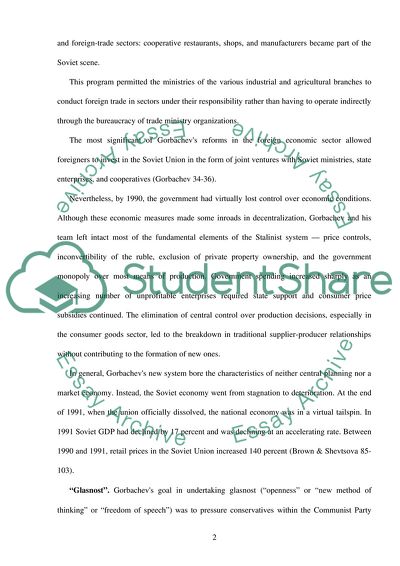Cite this document
(“The Collapse of the Soviet Union Essay Example | Topics and Well Written Essays - 2000 words”, n.d.)
The Collapse of the Soviet Union Essay Example | Topics and Well Written Essays - 2000 words. Retrieved from https://studentshare.org/history/1535535-the-collapse-of-the-soviet-union
The Collapse of the Soviet Union Essay Example | Topics and Well Written Essays - 2000 words. Retrieved from https://studentshare.org/history/1535535-the-collapse-of-the-soviet-union
(The Collapse of the Soviet Union Essay Example | Topics and Well Written Essays - 2000 Words)
The Collapse of the Soviet Union Essay Example | Topics and Well Written Essays - 2000 Words. https://studentshare.org/history/1535535-the-collapse-of-the-soviet-union.
The Collapse of the Soviet Union Essay Example | Topics and Well Written Essays - 2000 Words. https://studentshare.org/history/1535535-the-collapse-of-the-soviet-union.
“The Collapse of the Soviet Union Essay Example | Topics and Well Written Essays - 2000 Words”, n.d. https://studentshare.org/history/1535535-the-collapse-of-the-soviet-union.


